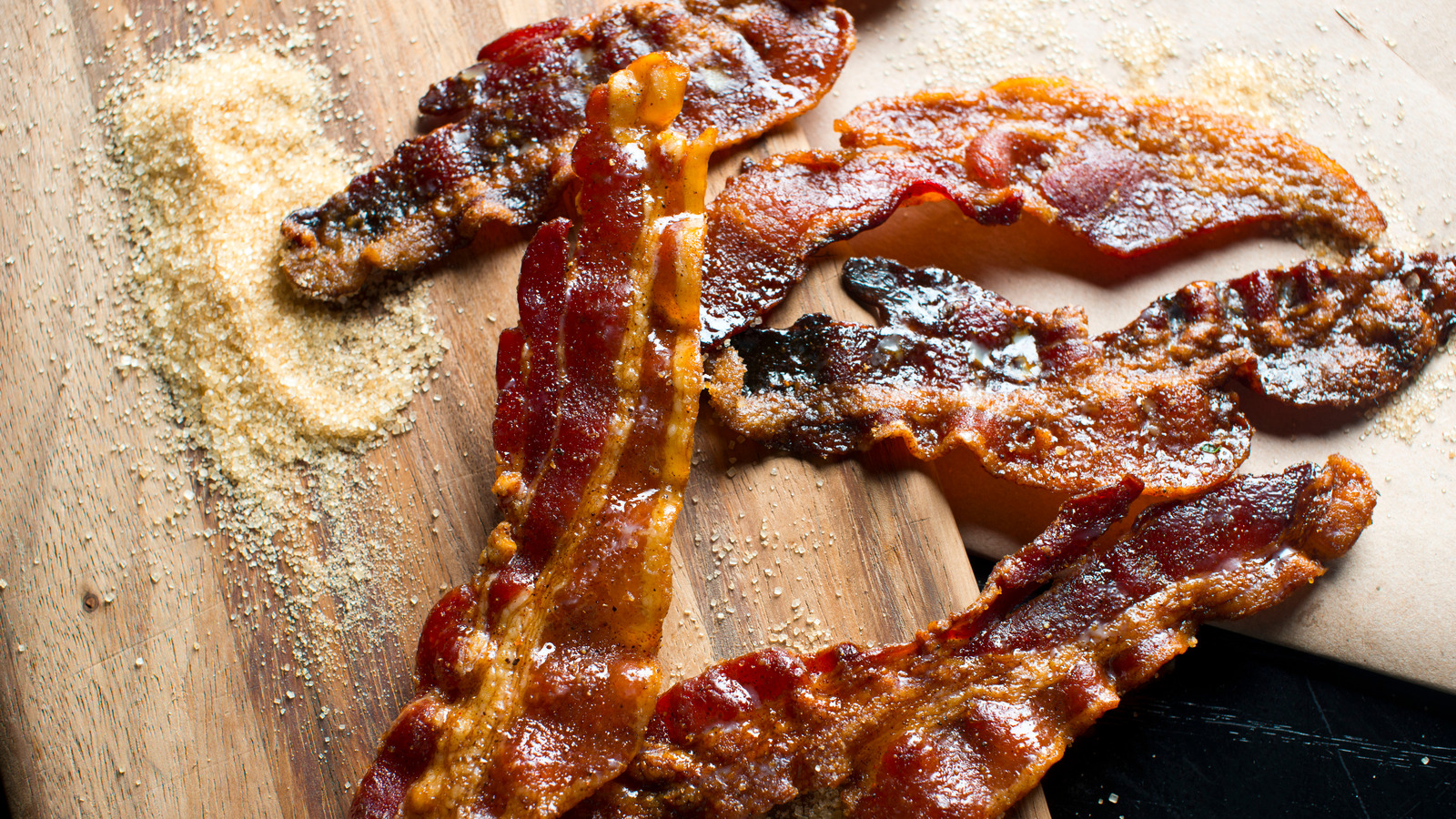Video reveals devastation caused by scallop dredging on 'protected' Scottish seabed
New underwater footage taken by environmental campaigners in Scotland has revealed severe damage to marine life and habitats caused by scallop dredges in 'Marine Protected Areas' (MPAs ).
The Scottish Government designated the seabed around the islands of Canna and Rum on the west coast of Scotland as the Small Islands MPA in 2014 , to retain Britain's only colony of rare fan mussels and other characteristics. The islands are home to a large breeding colony of black guillemots.
But video footage from a camera on a remotely operated underwater vehicle, deployed by Greenpeace and Open Seas, a Scottish charity, show rows of tracks criss-crossing the 'protected' seabed.
Tracks, from a scallop dredge, show damage to pink maerl, a fragile slow-growing coralline algae that provides spawning and nursery habitat for fish . Open Seas compared the damage with images they collected in 2020 from the same area, showing healthy maerl.
The scallop draggers, which fish in using a highly destructive fishing method that entrains heavy metals - toothed rakes along the seabed, are legally allowed to fish inside the MPA.
Phil Taylor, Head of Policy and Operations at Open Seas, said: "This is arguably the worst example of a 'paper park' [which exists in name only] in Scotland and around the UK.
"Small islands have been left without any protection from the most destructive fishing methods, despite having been labeled an MPA for more than eight years and despite unequivocal evidence from the government's own scientists who say it must stop.
"It is a shocking dereliction of duty that Scottish ministers have allowed this damage to happen," he said.
Taylor called on the Scottish Government to limit scallop dredging in MPAs to protect marine habitats and reverse biodiversity loss by allowing fisheries to recover.
The images were collected earlier this year as part of Operation Ocean Witness, a joint operation to document the state of Scotland's coastal seas.
Less than 5% of Scotland's coastal seabed is protected from bottom trawling and scallop dredging, although the Scottish government has said it is committed to increasing protection, using highly protected marine areas to ban destructive fishing and similar activities in 10% of Scottish waters by 2026.
Will McCallum, from Greenpeace UK, said: "It makes no sense to call something a protected area if you sit back and let the fishing boats trash the seabed. Many MPAs are just lines on maps and offer no protection against damage from fishing, such as bottom trawling and scallop dredging.
A Scottish Government spokesperson said it was committed to maintaining a good environmental status for all of Scotland's seas.
"As part of this, we have Committed to delivering fisheries management measures for our extensive network of existing MPAs, where they are not yet in place, by March 2024. This will include small island MPAs. »

New underwater footage taken by environmental campaigners in Scotland has revealed severe damage to marine life and habitats caused by scallop dredges in 'Marine Protected Areas' (MPAs ).
The Scottish Government designated the seabed around the islands of Canna and Rum on the west coast of Scotland as the Small Islands MPA in 2014 , to retain Britain's only colony of rare fan mussels and other characteristics. The islands are home to a large breeding colony of black guillemots.
But video footage from a camera on a remotely operated underwater vehicle, deployed by Greenpeace and Open Seas, a Scottish charity, show rows of tracks criss-crossing the 'protected' seabed.
Tracks, from a scallop dredge, show damage to pink maerl, a fragile slow-growing coralline algae that provides spawning and nursery habitat for fish . Open Seas compared the damage with images they collected in 2020 from the same area, showing healthy maerl.
The scallop draggers, which fish in using a highly destructive fishing method that entrains heavy metals - toothed rakes along the seabed, are legally allowed to fish inside the MPA.
Phil Taylor, Head of Policy and Operations at Open Seas, said: "This is arguably the worst example of a 'paper park' [which exists in name only] in Scotland and around the UK.
"Small islands have been left without any protection from the most destructive fishing methods, despite having been labeled an MPA for more than eight years and despite unequivocal evidence from the government's own scientists who say it must stop.
"It is a shocking dereliction of duty that Scottish ministers have allowed this damage to happen," he said.
Taylor called on the Scottish Government to limit scallop dredging in MPAs to protect marine habitats and reverse biodiversity loss by allowing fisheries to recover.
The images were collected earlier this year as part of Operation Ocean Witness, a joint operation to document the state of Scotland's coastal seas.
Less than 5% of Scotland's coastal seabed is protected from bottom trawling and scallop dredging, although the Scottish government has said it is committed to increasing protection, using highly protected marine areas to ban destructive fishing and similar activities in 10% of Scottish waters by 2026.
Will McCallum, from Greenpeace UK, said: "It makes no sense to call something a protected area if you sit back and let the fishing boats trash the seabed. Many MPAs are just lines on maps and offer no protection against damage from fishing, such as bottom trawling and scallop dredging.
A Scottish Government spokesperson said it was committed to maintaining a good environmental status for all of Scotland's seas.
"As part of this, we have Committed to delivering fisheries management measures for our extensive network of existing MPAs, where they are not yet in place, by March 2024. This will include small island MPAs. »
What's Your Reaction?






















